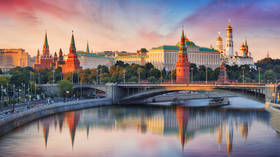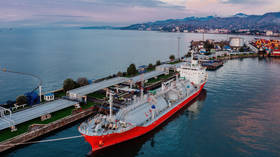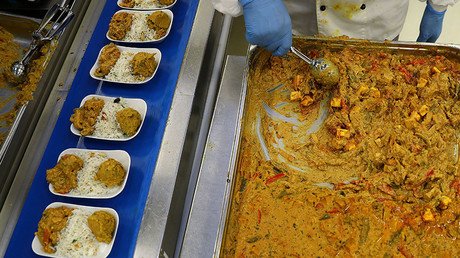Red gold: Afghanistan’s booming & blooming saffron may become alternative to opium poppy trade
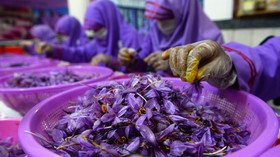
Afghan authorities want to provide farmers with an alternative means of income, other than growing opium, by turning to the world’s most expensive spice.
Saffron production has risen to record levels this year in the country, hitting 13 tons, the Ministry of Agriculture said. Official figures showed that saffron cultivation has increased to 6,200 hectares of land in 2018, up 22 percent on last year.
More than 6,600 saffron workers have been trained on production, processing and packaging of the spice this year, according to the government’s statement.
“Saffron farmers received some $17 million in revenues by selling saffron crocin and picrocrocin in local markets; considering the fact that some 90 percent of Afghan saffron is being exported to foreign countries,” said the statement.
READ MORE: ‘Afghan opium boom to benefit European, Asian criminal groups’
The delicate pistil of the flower has for centuries been used in various cuisines and in the production of perfumes. Saffron has been dubbed “red gold” by those who rely on its cultivation. It sells for up to $1,500 per kilogram on Western markets.
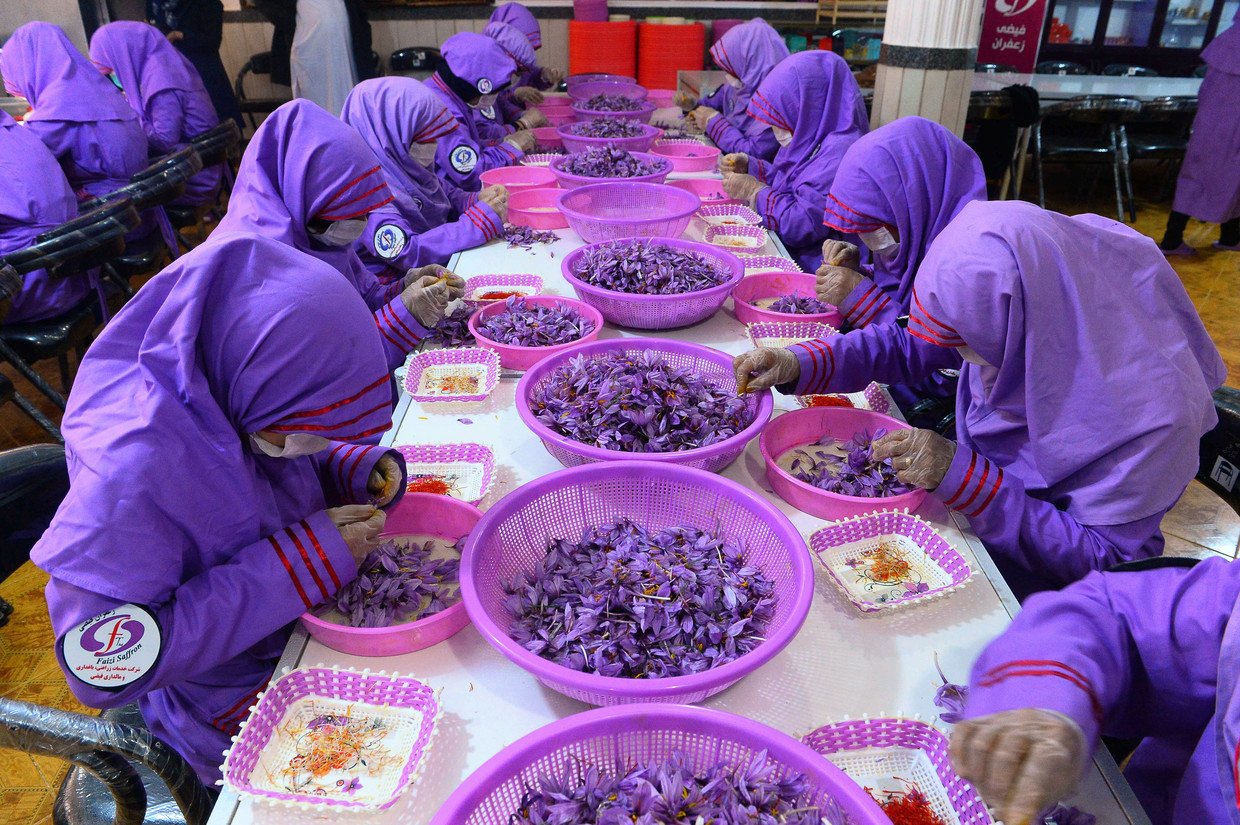
“We start our field work before sunrise and each of us can collect about four to five kilograms of saffron flower,” 16-year-old Joma Khan who’s one of the 156,000 seasonal workers helping to harvest the spice, told AFP. The workers earn about $1 an hour.
The harvest is then sent to factories where gloved workers remove the red pistil, made up of the three stigma that, when dried, constitute the spice.

The spice is being exported to 17 countries through new air corridors (mainly to China, India, and the Persian Gulf countries), as well as to the European Union and North America, according to the Agriculture Ministry.
READ MORE: US money to support Afghan irrigation ‘helped’ poppy cultivation – watchdog
Officials are struggling to wean Afghanistan’s farmers off the highly-profitable opium poppy trade. Cultivation of poppy still covers 263,000 hectares in Afghanistan, with nearly 90 percent of the opium harvested on the planet coming from the country.
For more stories on economy & finance visit RT's business section




